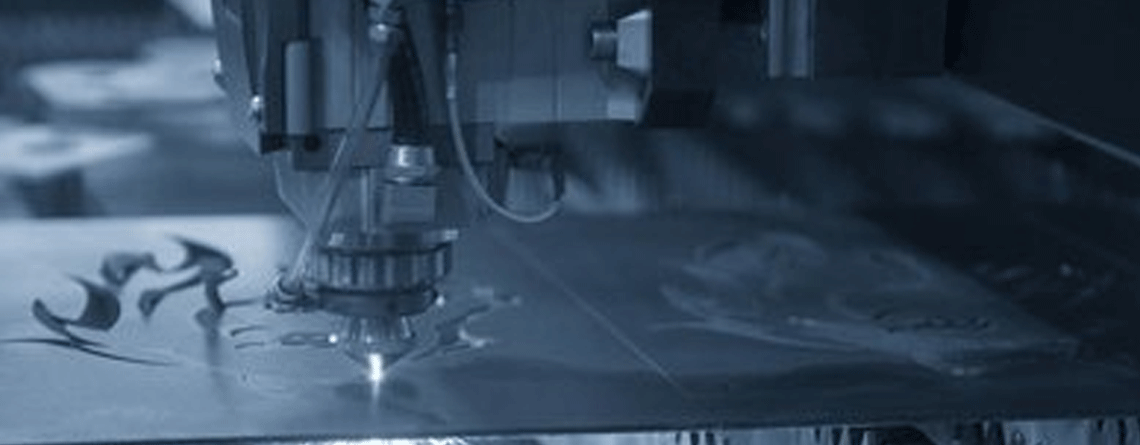Can fiber laser cutting machines be used to cut galvanized steel sheets?
Galvanized sheet is a common material used in the manufacturing industry. Galvanized steel sheet is to prevent corrosion on the surface of the steel sheet and extend its service life. The surface of the steel sheet is coated with a layer of metallic zinc. This kind of highly reflective material generally cannot be processed by a laser cutting machine, because its characteristics will affect the quality of the laser, resulting in poor cutting accuracy and effect. Is this material suitable for processing with a fiber laser cutting machine?
Generally for galvanized sheet, fiber laser cutting machine can cut easily. Most organic and inorganic materials can be used. Various metal materials commonly used in industrial manufacturing systems, regardless of their hardness, are almost cut. Copper, aluminum and their alloy plates are no problem. In the process of processing galvanized sheet, auxiliary gas needs to be added. The purity and pressure of auxiliary gas will directly affect the quality of the cut sheet section. The oxygen purity for cutting should be above 99.6%. When the oxygen purity for cutting is higher, the section of galvanized sheet is cut. The higher the roughness and quality, of course the cutting cost will also increase. The nitrogen purity during cutting should be above 99.5%. Increasing the nitrogen purity can ensure that the seam does not change the color in the process of cutting the galvanized sheet.
When cutting stainless steel, there is a processing method in which the auxiliary gas is oxygen, nitrogen or air. The type of auxiliary gas is selected according to the processing purpose. Of course, the degree of oxidation of the cutting surface is different for different gases, and it also has a certain influence on the cutting speed. When oxygen is used, it does not matter if the edge is oxidized; when nitrogen is used to obtain a non-oxidized and burr-free edge, no further treatment is required. Coating the oil film on the surface of the plate will get a better perforation effect without reducing the processing quality. When the thickness of the plate is less than 3mm, high speed can be achieved because of the effect of oxidation reaction. However, when the thickness of the plate is greater than 3mm, the cutting speed can be increased when the nitrogen with good flow of molten metal is used for non-oxidation cutting.
The use of air is close to the processing characteristics of nitrogen, but the effect on the cutting surface roughness and the amount of slag sticking is not as good as that of using nitrogen. The surface hardness of the cut surface after oxidation is about twice that of the original, but the range is small.
This feature and in the non-oxidation cutting with good surface roughness, the rough grinding of the cut surface is not easy to damage, while the machined surface using oxygen is not easy to grind.

